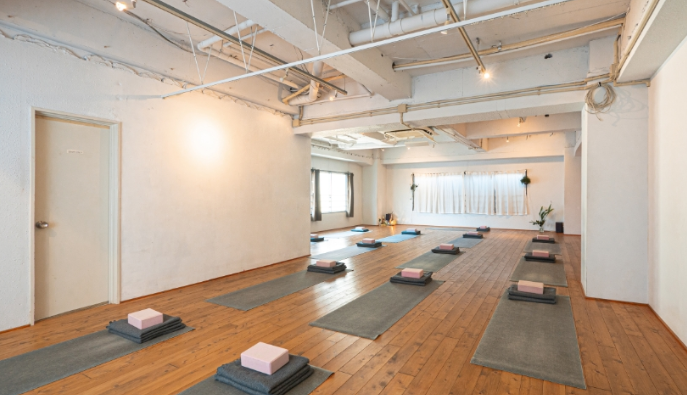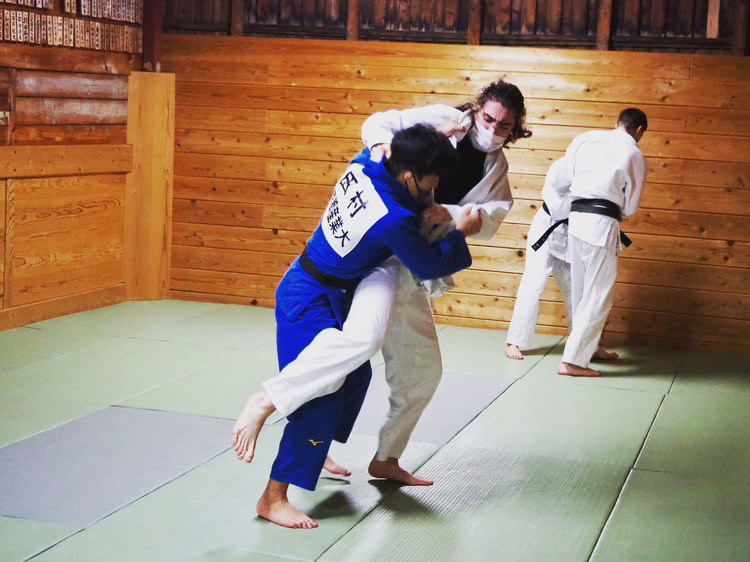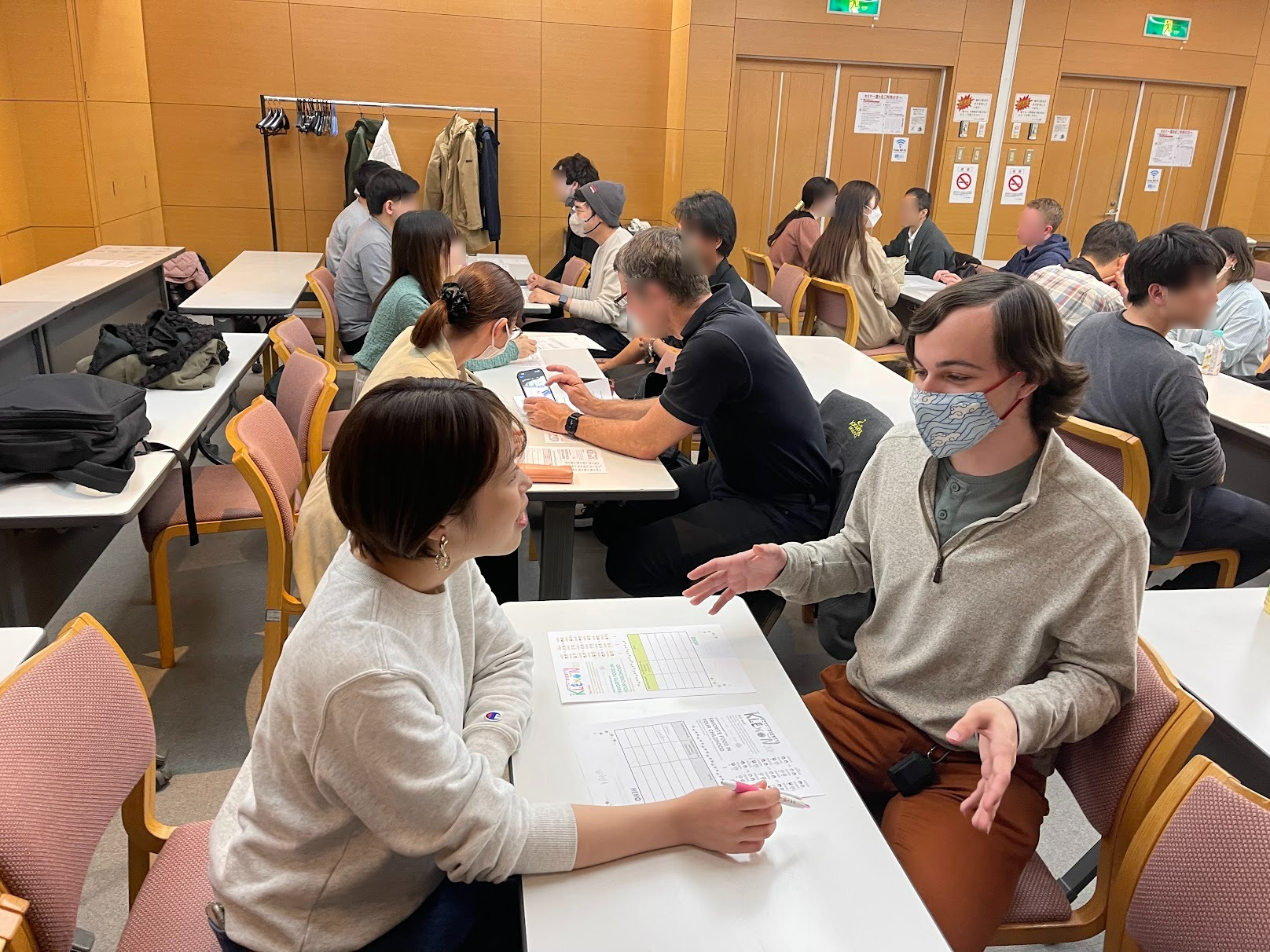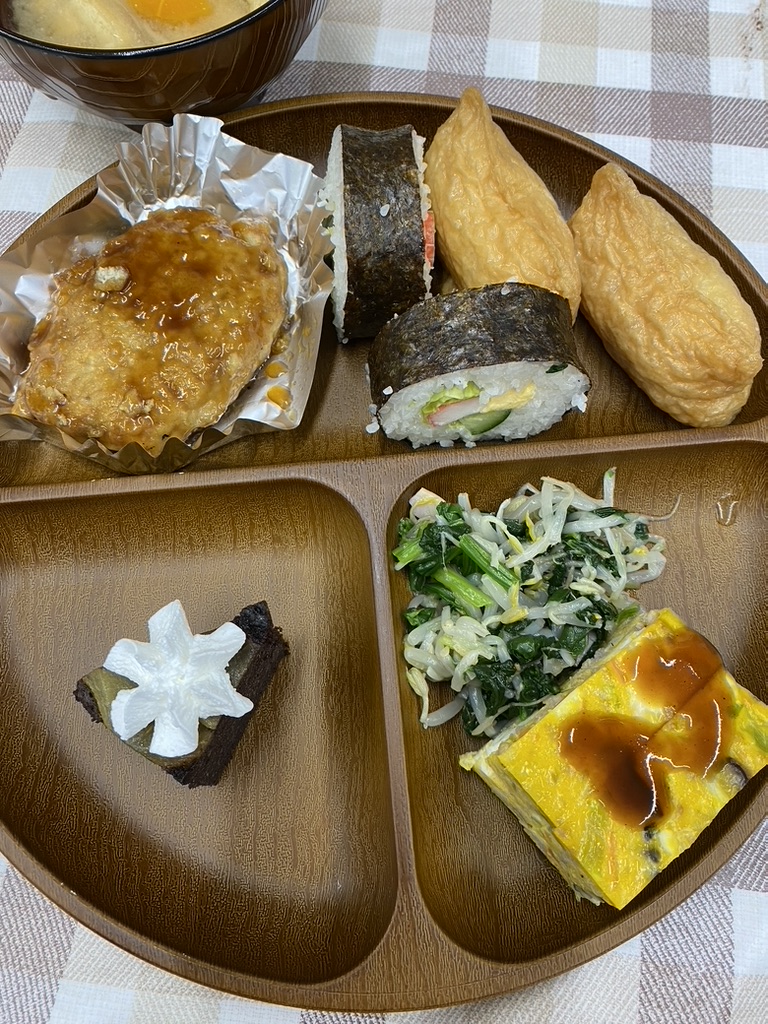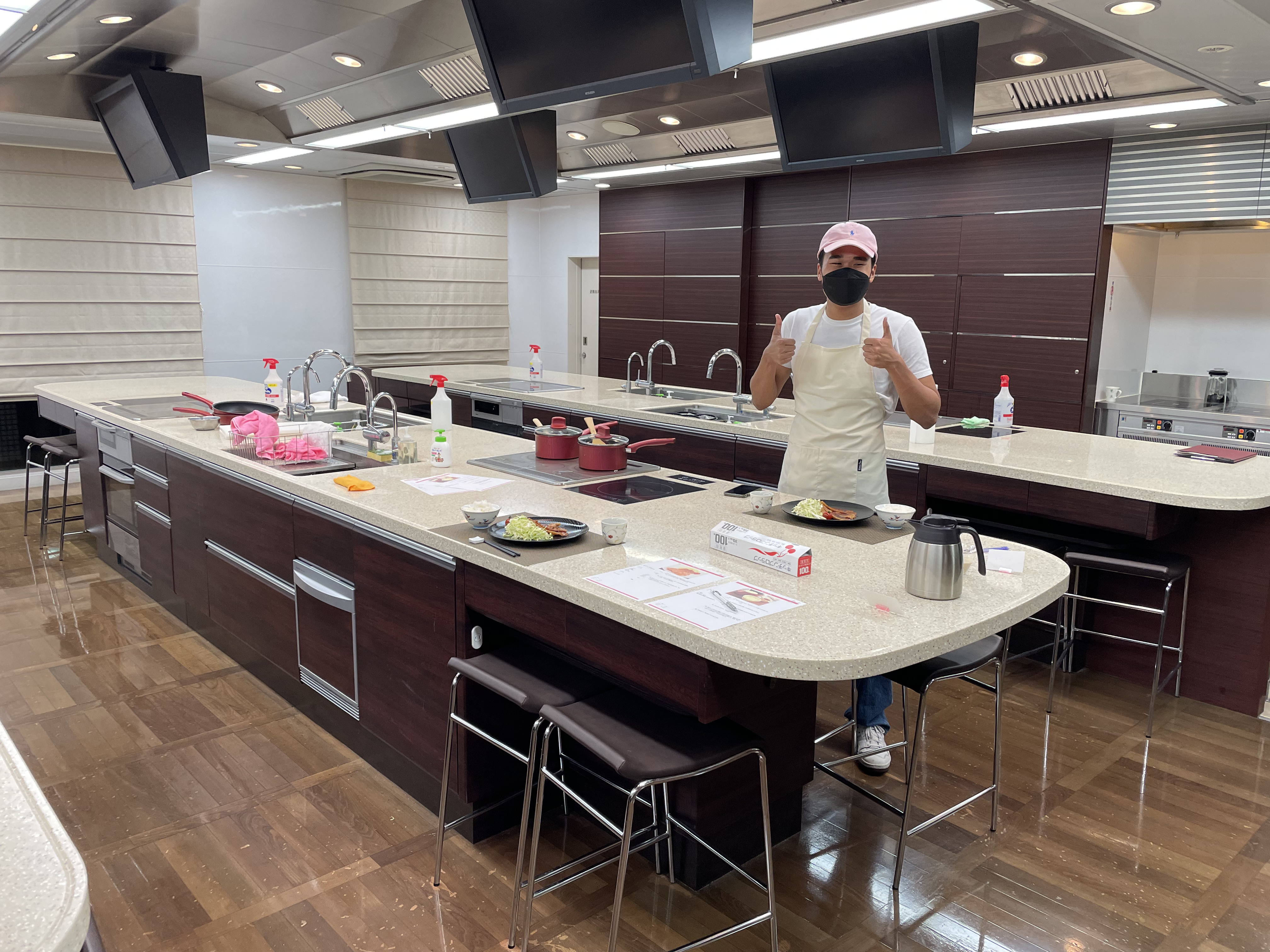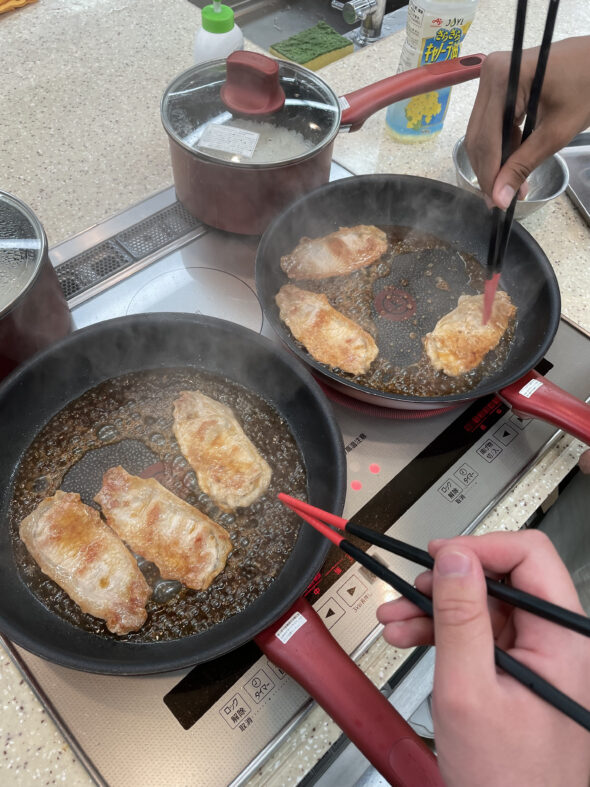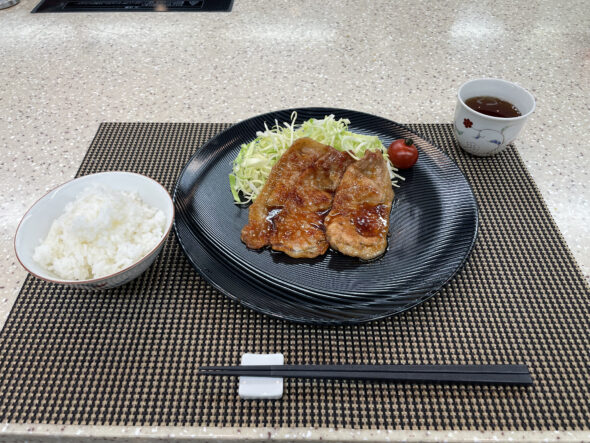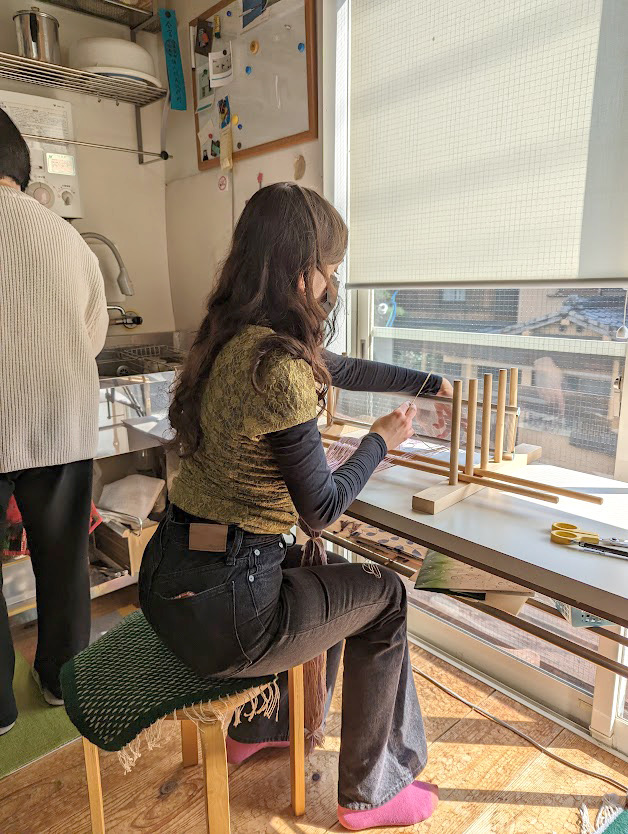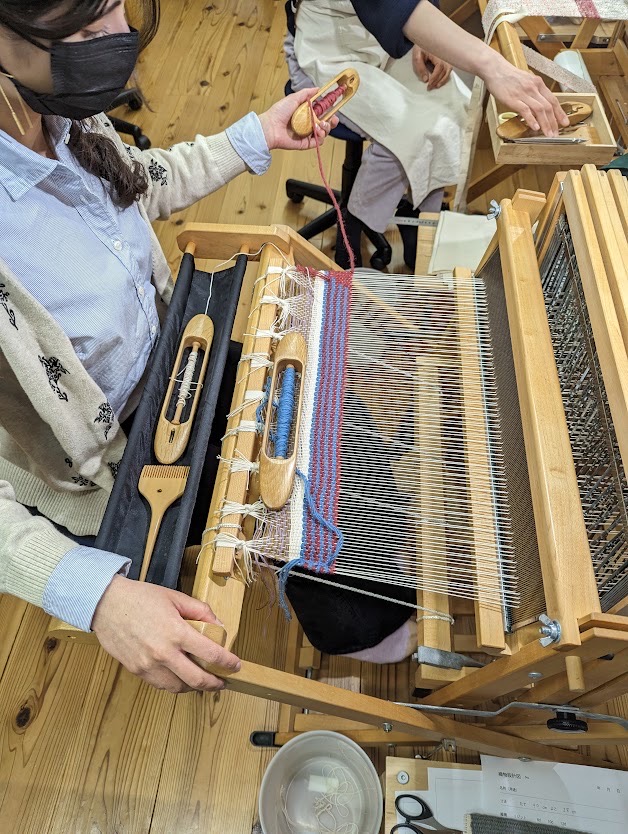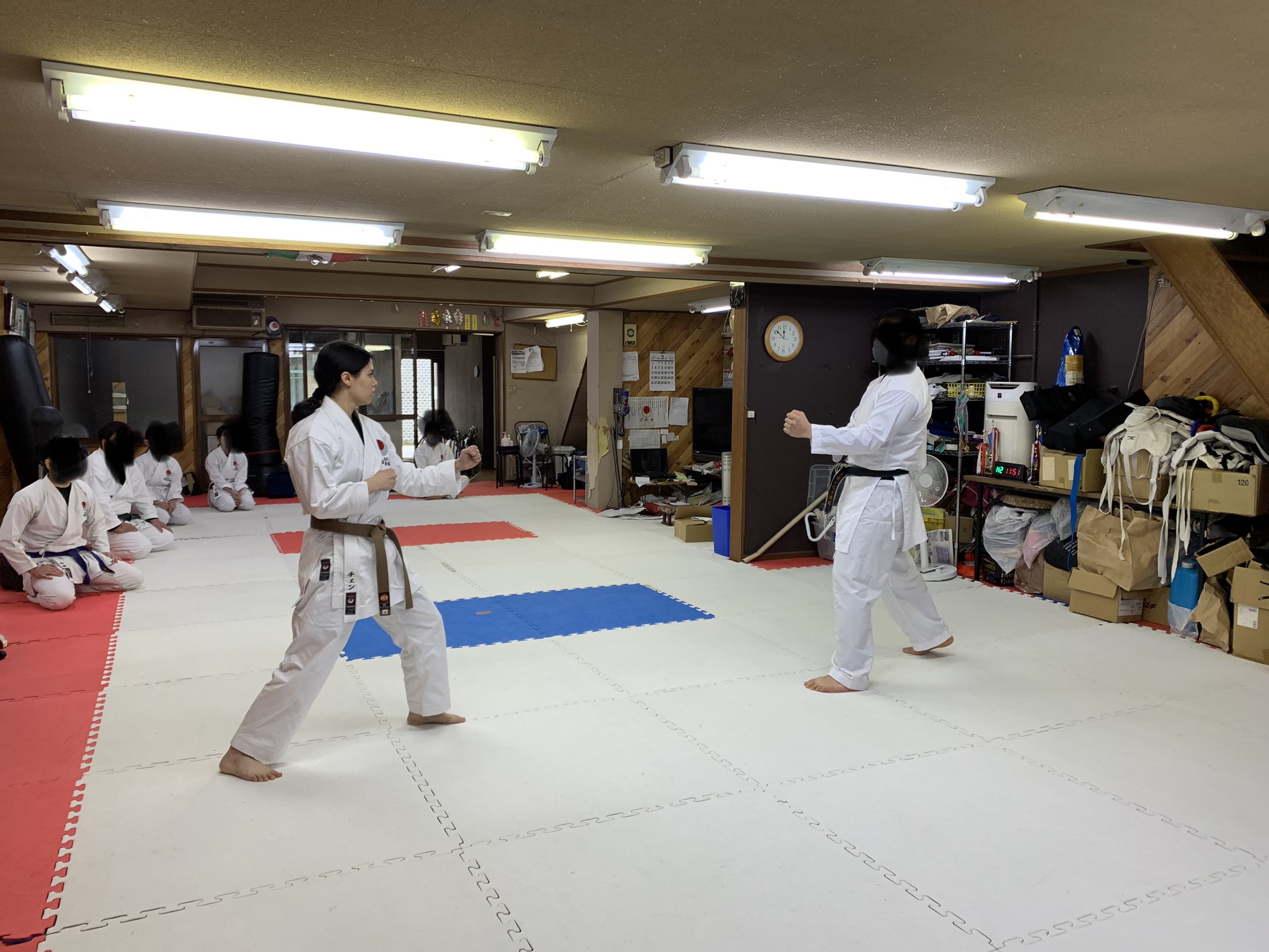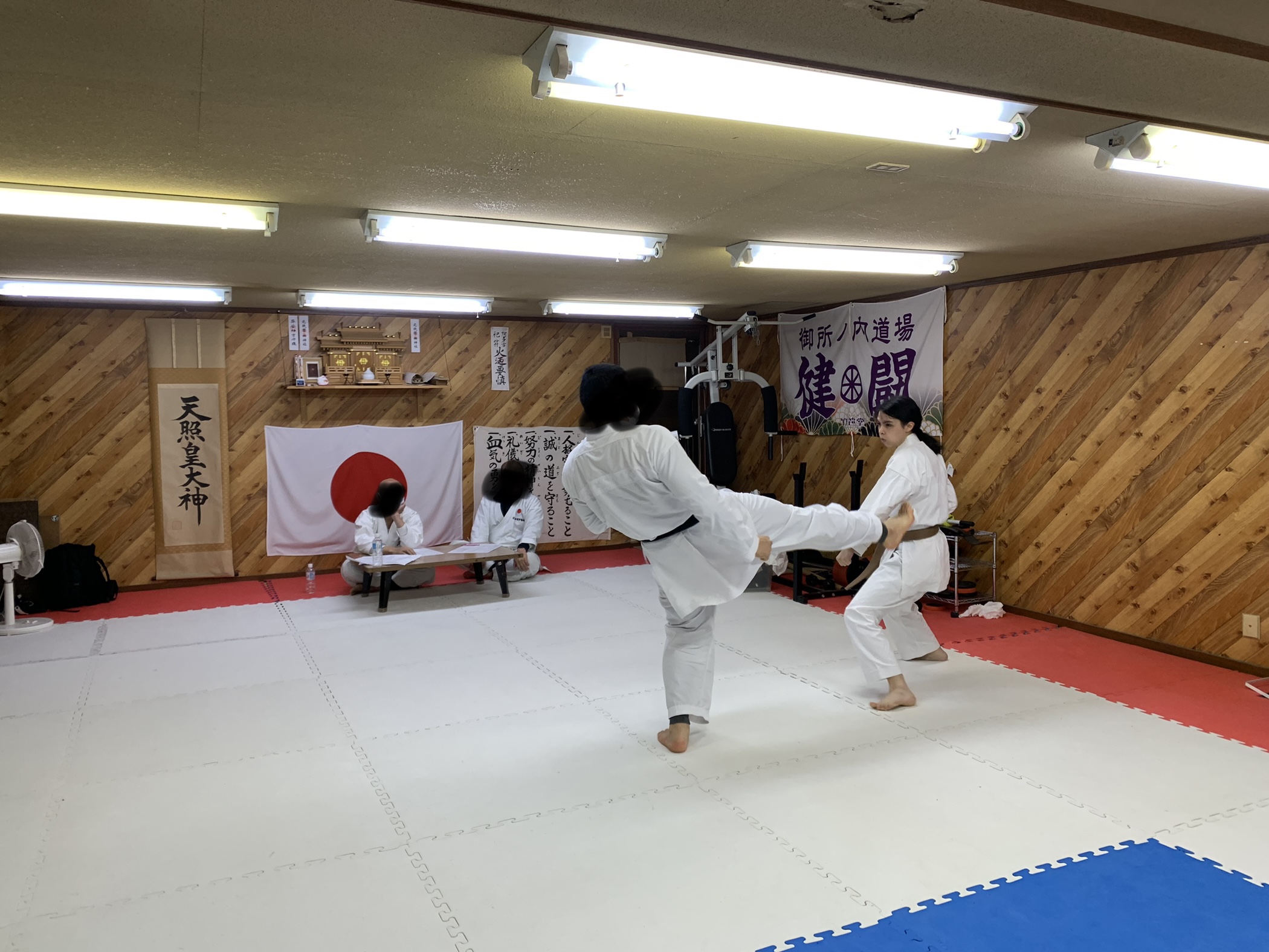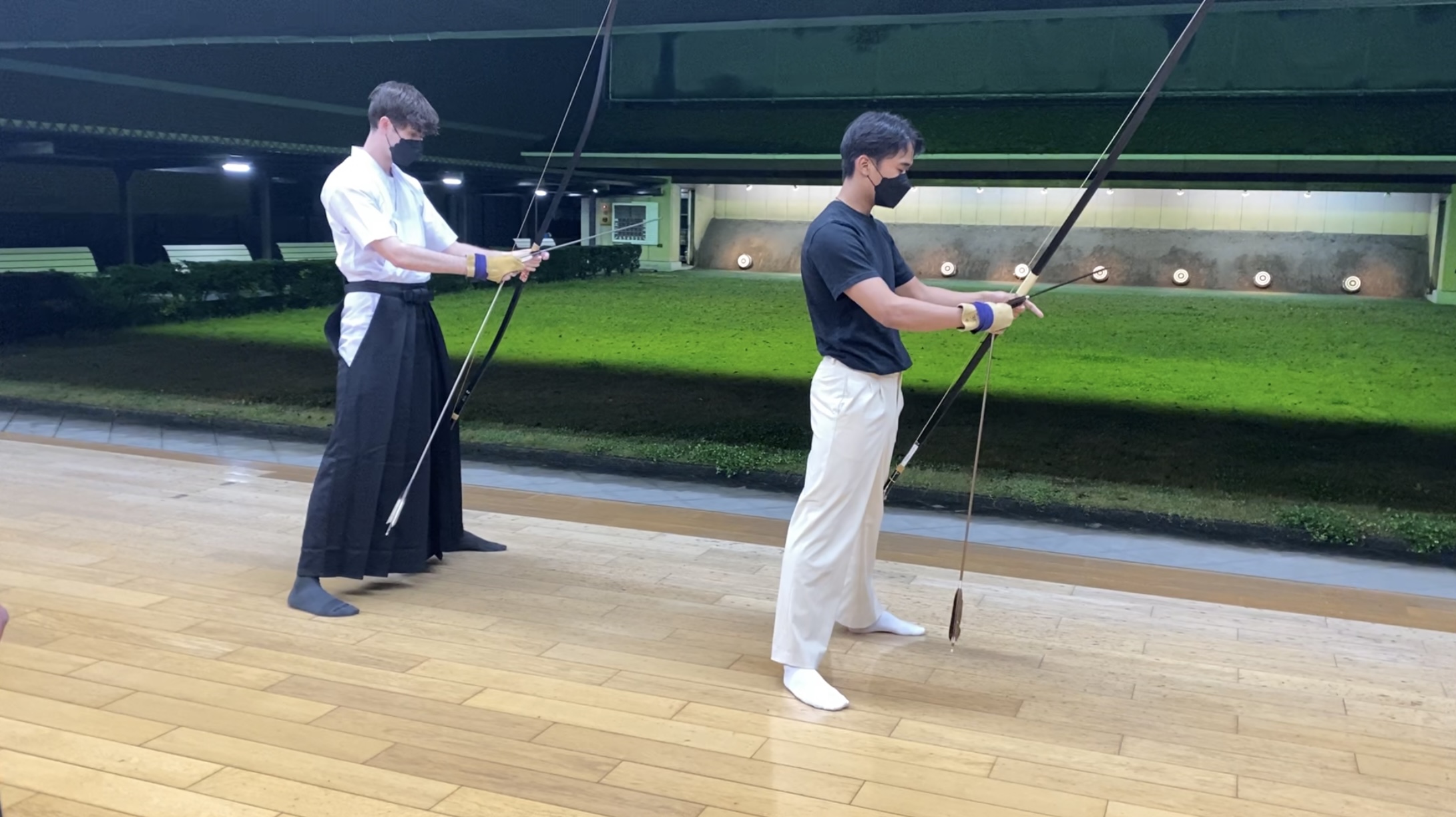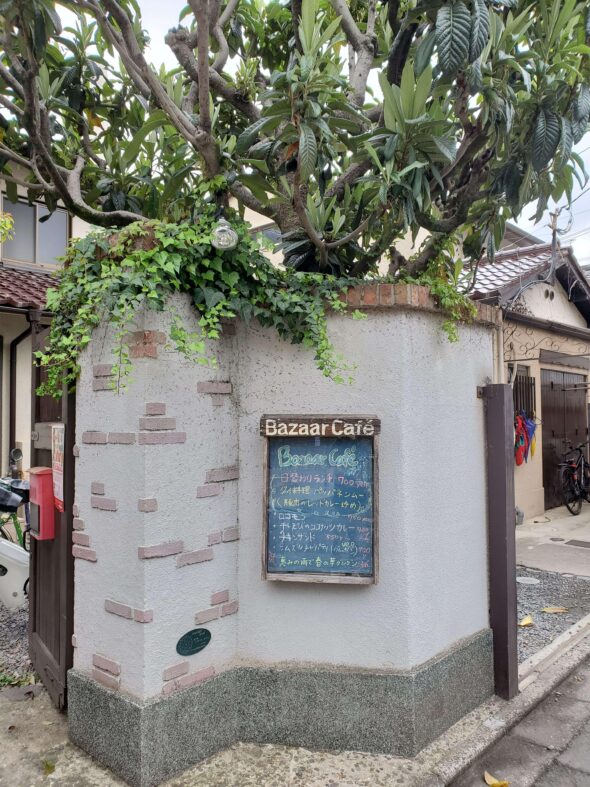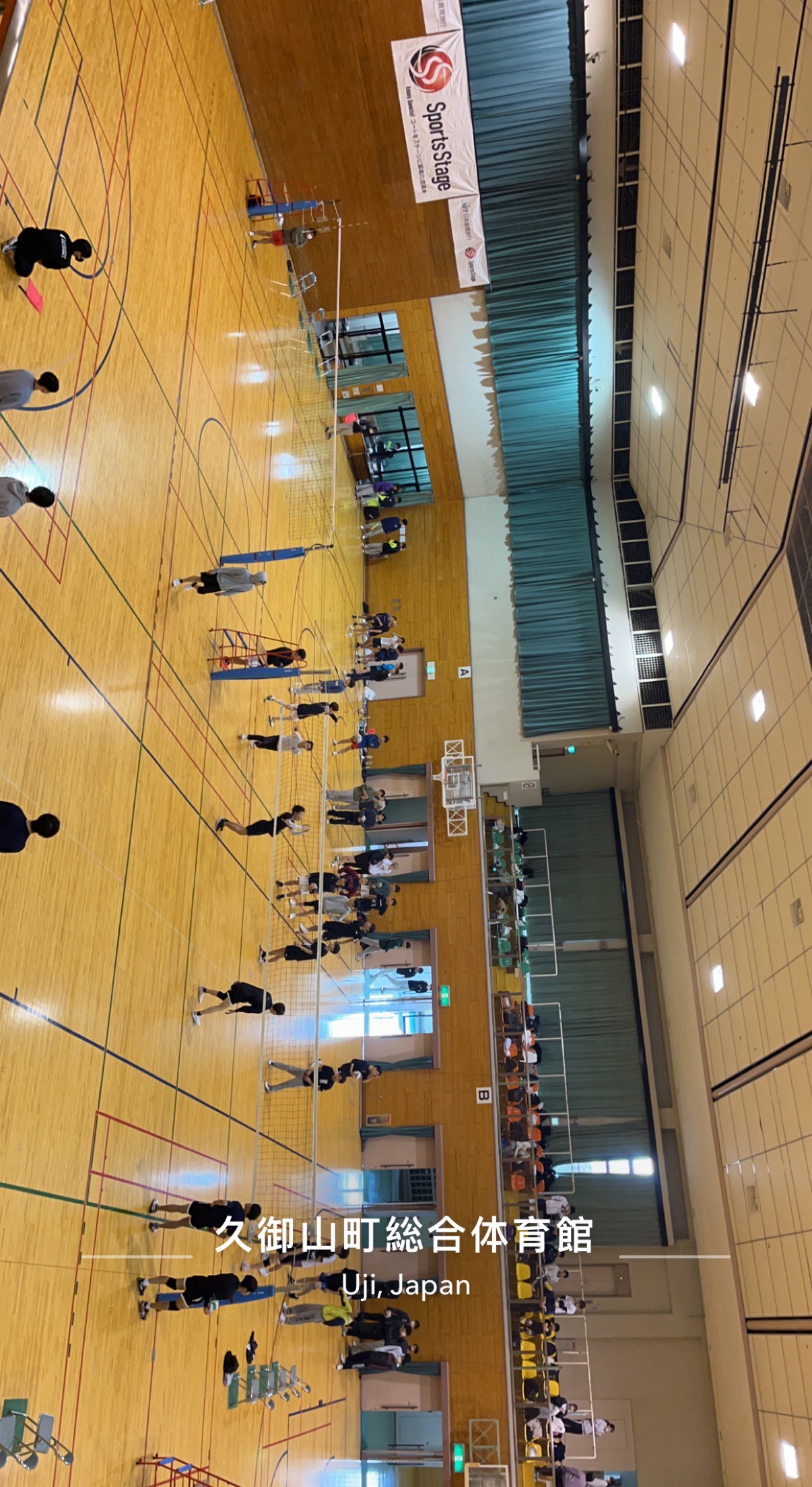
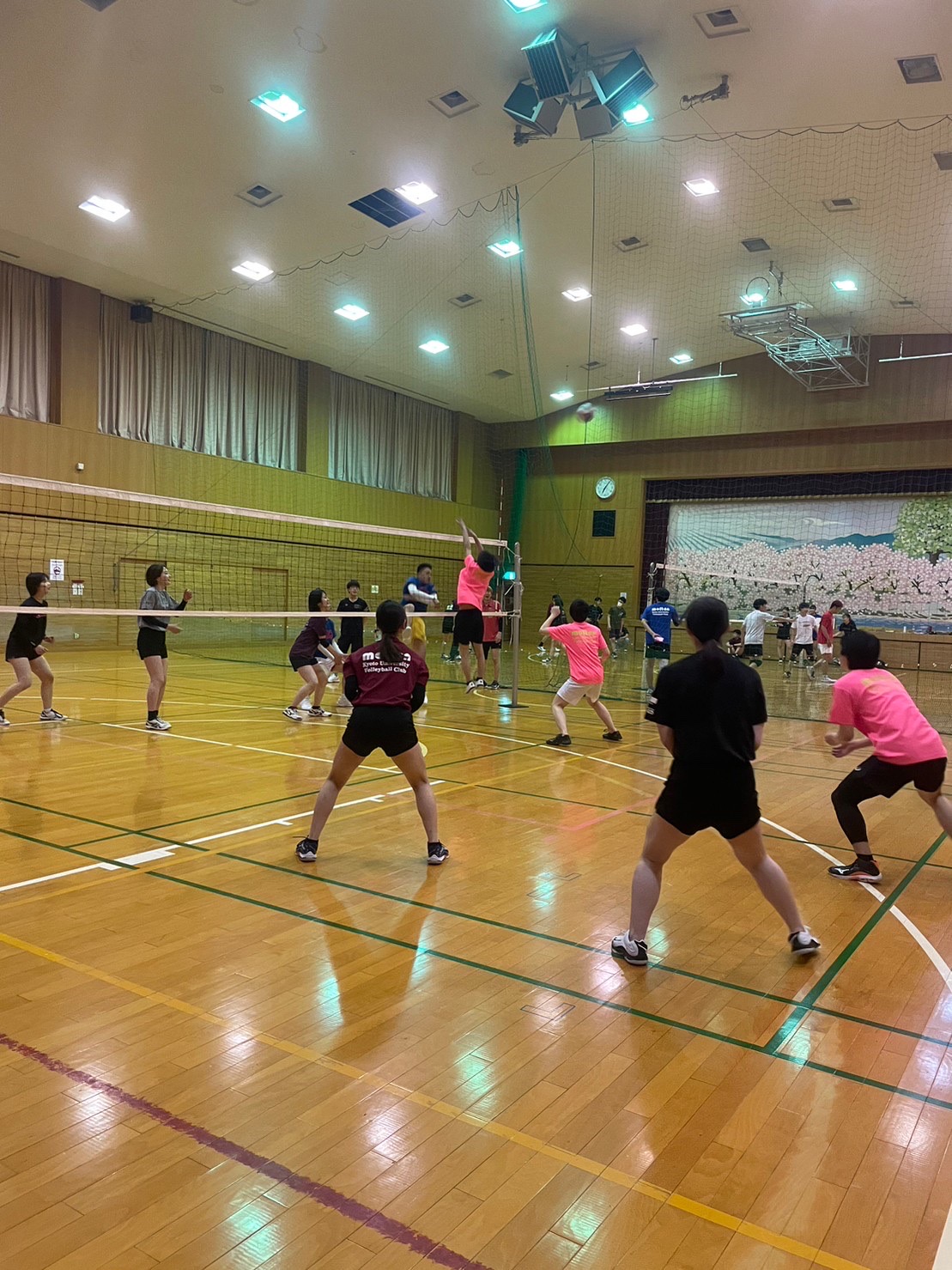
For myCIP project, I participated in volleyball circles for both the Fall and Spring semesters, In the Fall, I participated in two circles, called SANDLOT and L Volleyball, both of which are circles of the Doshisha University. In the Spring, I joined a new circle from Kyoto University of Molten Volleyball.
All three circles I was a part of had distinctive dynamics, and the level of skills also varied greatly. The two pictures below are from a tournament I participated in during the Fall semester and a regular practice session with the Molten Volleyball circle.
One advice from me would be to start conversations with new people actively. Japanese students are very friendly towards international students. However, they can be a little shy to start a conversation, so reach out to them and you will find that they are very easy and enjoyable to talk to.

